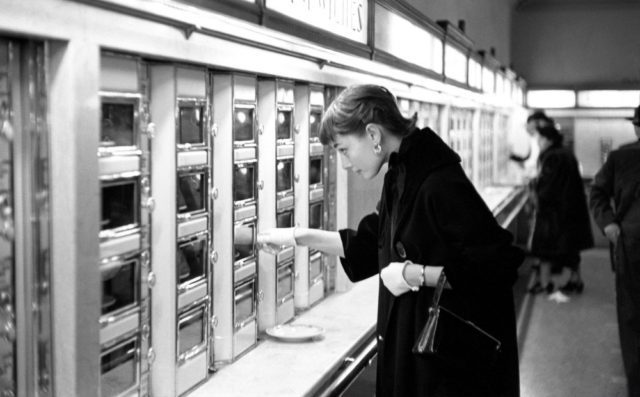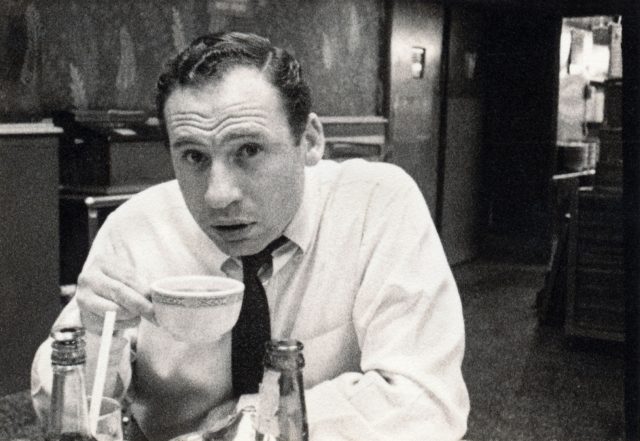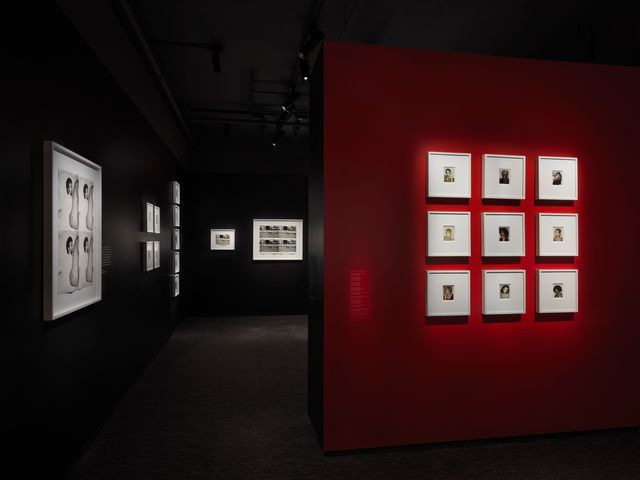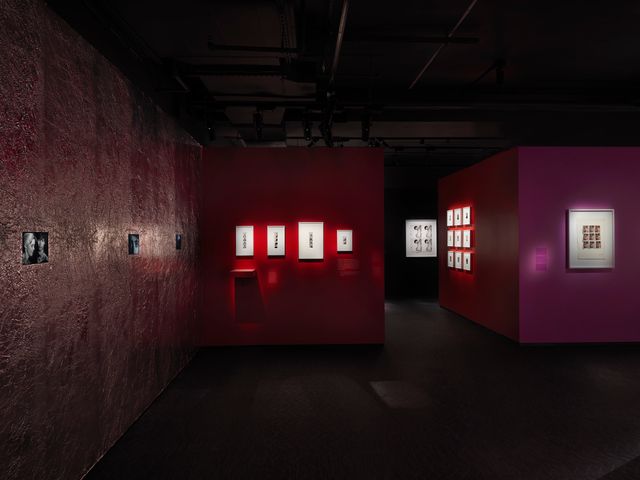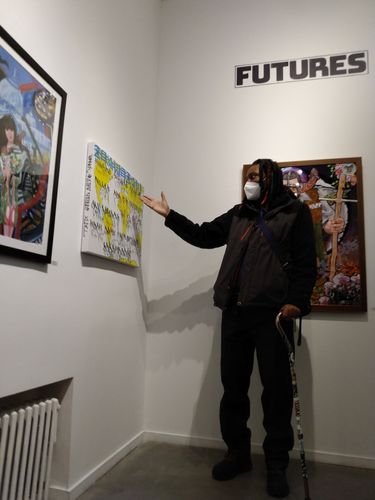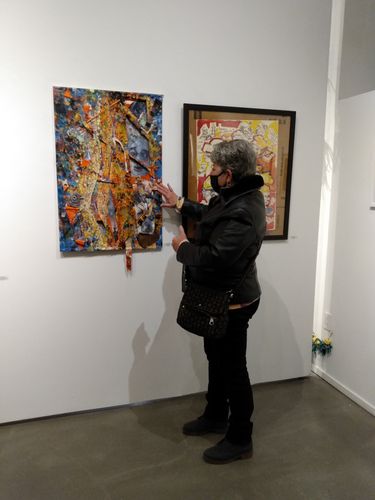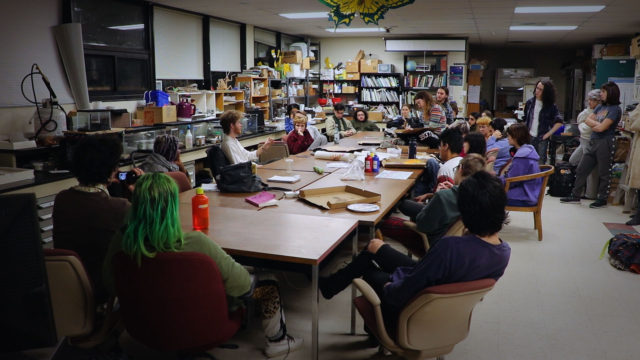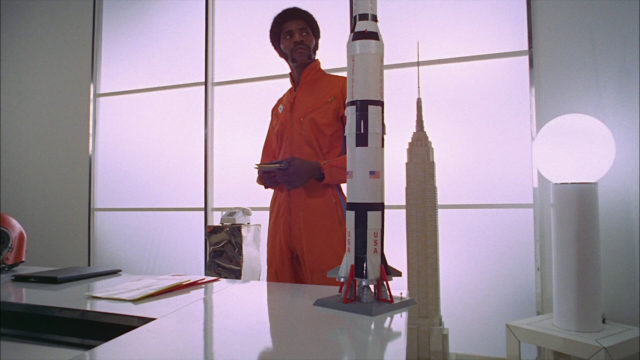
Christopher St. John wrote, produced, directed, and stars in underrated blaxploitation flick Top of the Heap
TOP OF THE HEAP (Christopher St. John, 1972)
BAM Rose Cinemas
30 Lafayette Ave. between Ashland Pl. & St. Felix St.
February 18-24
718-636-4100
www.bam.org
George Lattimer is not just a cop; he’s a Black cop on the edge in Top of the Heap, screening at BAM February 18-24. The 1972 blaxploitation flick was written, produced, and directed by Christopher St. John, who stars as Lattimer, a Metropolitan Police sergeant in DC who is sick and tired of being treated like a Black man first and not an officer of the law. Surrounded by white men and Black women who take him for granted, he fantasizes about becoming an astronaut preparing to rocket to the moon. In the NASA scenes, he is slick and debonair, sporting ultracool facial hair and an infectious determination to succeed, but as the cop he is unsure of himself and his place in the world.
His mother (Beatrice Webster) has died but he doesn’t want to go to the funeral in his hometown in Alabama. His wife (Florence St. Peter) says he doesn’t communicate with her anymore. His white partner (Leonard Kuras) is corrupt. His daughter (Almeria Quinn) is downing pills. He gets no respect from his captain (John Alderson). His groovy nightclub-singing girlfriend (Paula Kelly, listed in the credits as playing “Black Chick”) makes fun of him. On an incident on a bus, he is mistaken for a criminal by a white rookie cop (Brian Cutler). Driving in his woody station wagon, he is almost hit by a cab driver (character actor extraordinaire Allen Garfield, who died from Covid in April 2020 at the age of eighty) who threatens to bust him up until he finds out he is a cop.
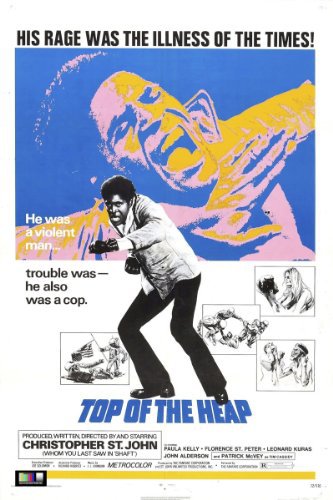
White people see Lattimer only as a Black man and all the racist stereotypes that come with that. Black men see him only as a cop, a traitor working for the man. His life and career are unraveling right before his eyes, and he is threatening to explode at any minute. “I can do any goddamn thing I want!” he cries out, but of course he can’t. When he visits his former colleague, retired police officer Tim Cassidy (Patrick McVey), the old man talks about being overwhelmed with fear and loneliness, feeling useless, all of the things that Lattimer is experiencing; just as America turns its back on the elderly, so it does on Black men like Lattimer just trying to get by day to day. When asked by a reporter what it’s like to be in space, Lattimer explains, “Isolation . . . Sort of like waiting at the mailbox for your welfare check.”
Nominated for the Golden Bear at the Berlin International Film Festival, the film features small touches that lift it above the realm of standard Blaxploitation. A poster in Lattimer’s daughter’s bedroom declares, “War is not healthy for children and other things.” In a fantasy sequence, his blond, sexy white Scandinavian nurse (Ingeborg Sørensen) is reading a copy of Ebony magazine before offering him her services. Soon-to-be heavyweight boxing champion Ken Norton shows up in a bar scene, ready to go at it with Lattimer. Meanwhile, the space fantasies evoke Gil Scott-Heron’s “Whitey on the Moon,” the 1970 song in which Scott-Heron declares, “The man jus’ upped my rent las’ night (’cause Whitey’s on the moon) / No hot water, no toilets, no lights (but Whitey’s on the moon).”
Imaginatively photographed by Richard A. Kelley and featuring a soundtrack by J. J. Johnson with percussive African rhythms and jazz fusion, the Afro-Futurist Top of the Heap is a potent exploration of the Black experience in the United States, as relevant today as it was fifty years ago. “Top of the Heap is a powerful, dynamic story as only a Black man can tell it,” the above original trailer proclaims.
It’s a shame that St. John and this film faded into obscurity; a member of the Actors Studio, St. John played Lumumbas leader Ben Buford in Shaft and had only a handful of film and television roles before quitting the business in 1988. In 2014, he and his son, Emmy-winning soap opera star Kristoff St. John, codirected the documentary A Man Called God, about their family’s involvement with an Indian cult. Kristoff passed away in 2019 at the age of fifty-two; St. John is now eighty.
Be sure to stay through the end of the credits, where a final bonus will make you wonder whether Jordan Peele is a Top of the Heap fan. Writer Josiah Howard, author of Blaxploitation Cinema: The Essential Reference Guide, will introduce the 7:00 screening at BAM on February 18.
